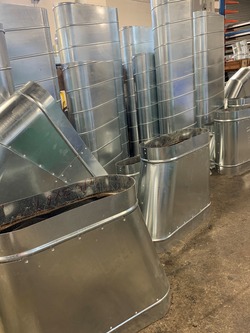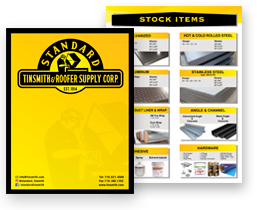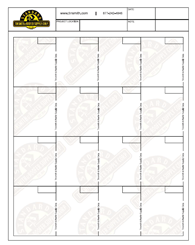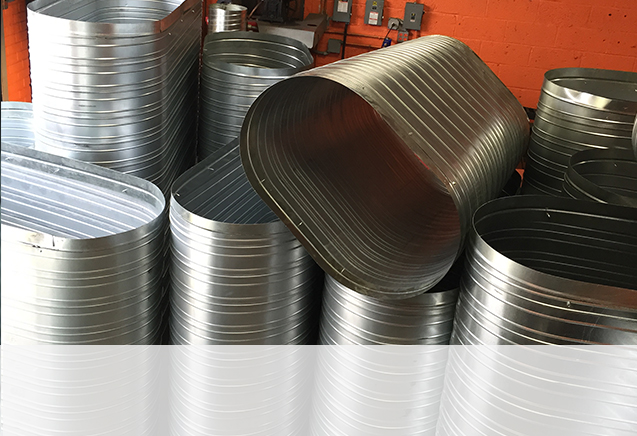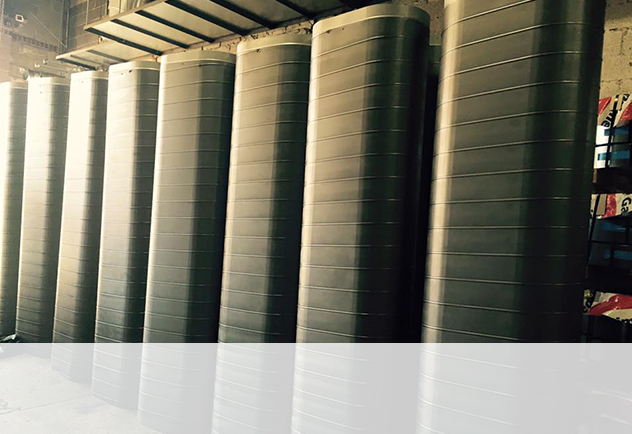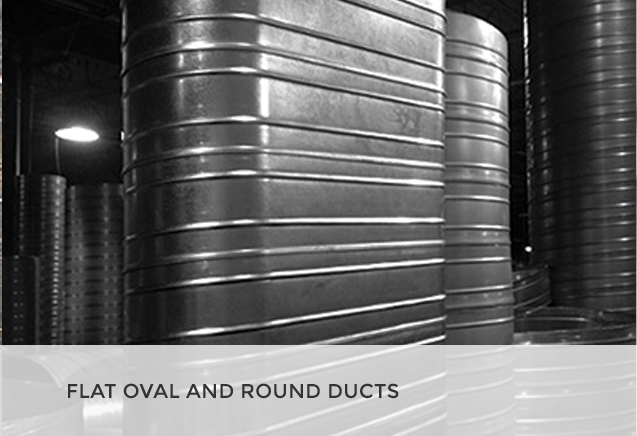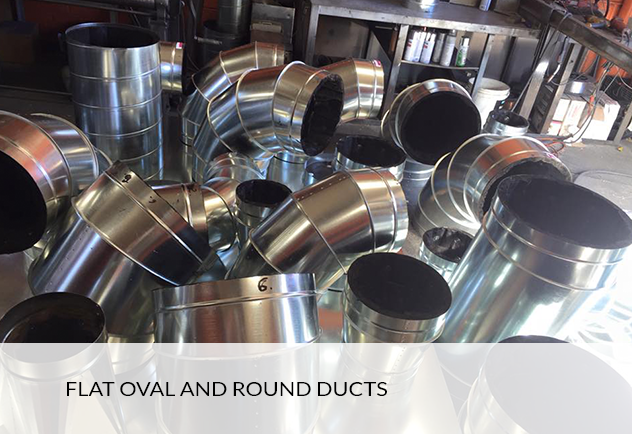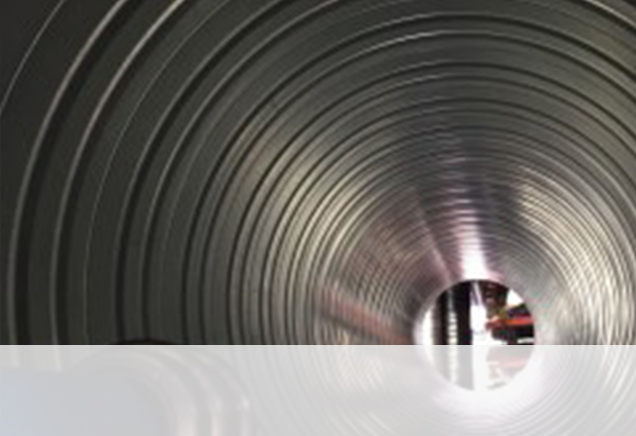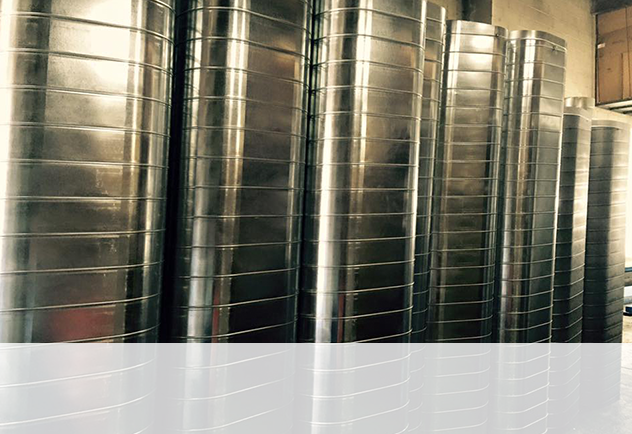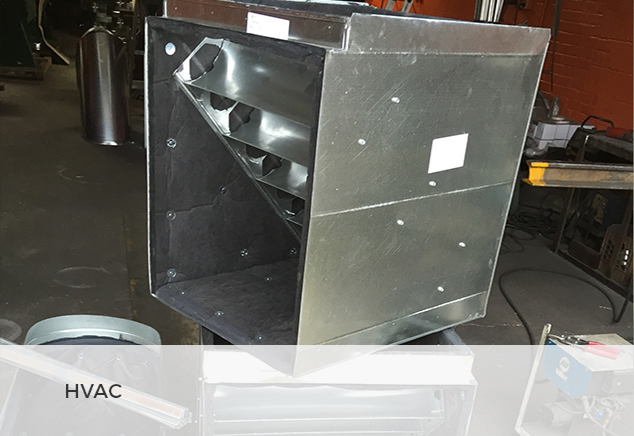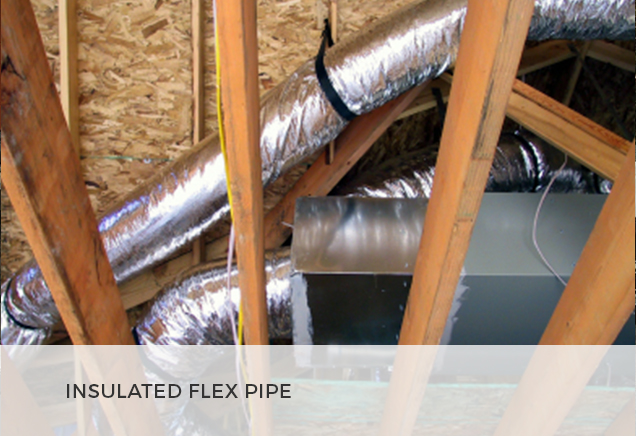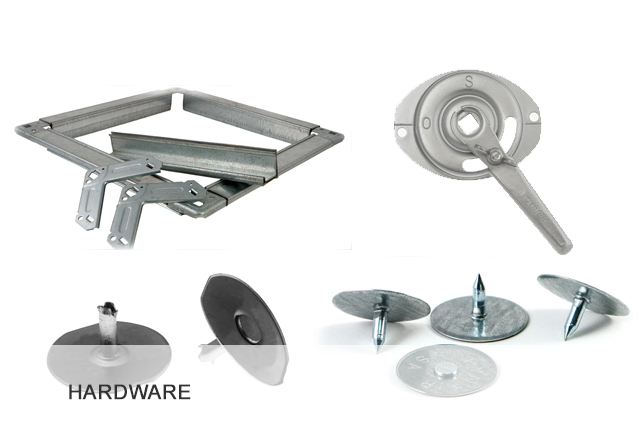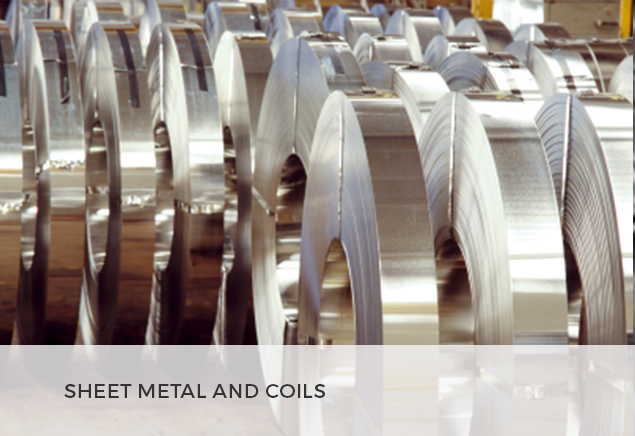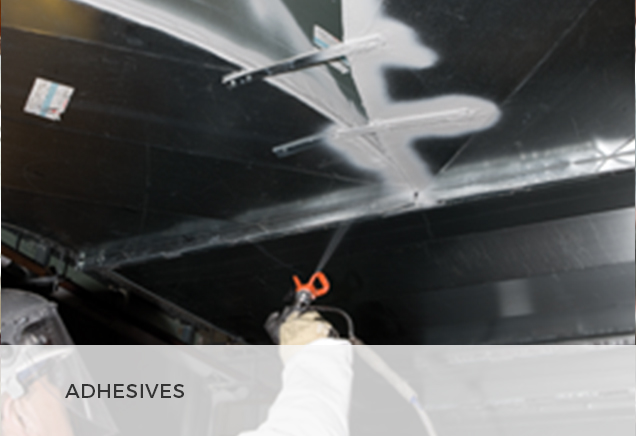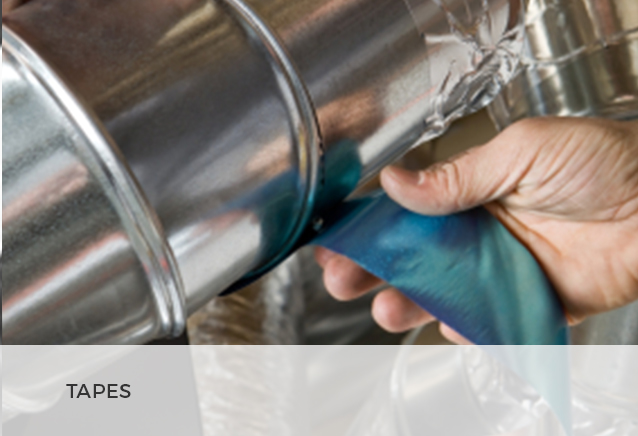Flat Oval Spiral Ductwork
Air transmission within a building is an important aspect to consider during construction.
The use of round ducts has increased due to their low cost, even though flat oval ducts become useful when ceiling space is limited.
Cost-Effectiveness and Efficiency in Duct Design
Pressure drop cases are minimal in round ducts, which decreases the amount of horsepower required for the fans as compared to rectangular ducts. Flat oval ducts require less insulation when wrapped externally. As a result, costs for installation are minimized following the elimination of the need for field joints.
Superiority in Energy Efficiency and Durability
The duct’s stringency is enhanced by spiral lock seams manufactured with less heavy gauges, as would be the case with longitudinal ducts. Flat oval ducts have relatively low operational costs with enhanced energy-saving components. Low surface areas for flat oval ducts reduce the rate of losing and gaining heat, thus improving energy efficiency compared to rectangular ducts.
Silence and Hygiene: Benefits Beyond Airflow
Flat oval ducts create tighter seam seals that minimize the rate of air leakage. Curved surfaces allow little breakthrough noises, a phenomenon essential for rooms requiring maximum silence. The round ducts produce a better flow of air; hence, little distraction is caused to users. A free flow reduces the accumulation of dust, which decreases survival rates for bacteria, leaving a healthier working environment.
The Aesthetic Edge of Spiral Duct
Furthermore, flat oval ducts result in an authentic, pleasing look. Companies manufacturing spiral ducts provide a variety of metals to produce attractive outlooks.
Diverse Industries, One Common Need
Spiral ducts have a wide range of applications. These ducts are used in multiple industries, including but not limited to:
- Agriculture
- Construction
- Culverts
- Drainage
- Brewing
- Railways
- Mining
- And many other applications.
Why Flat Oval Ducts Shine Above the Rest
Flat oval ducts offer favorable competition to rectangular ducts since they are simpler and easier to install. The rate of energy-saving is also higher, which reduces the cost of operation. The good looks beautify the surroundings, which adds to its decisive factor. Additionally, they boast of high quality resulting from the antimicrobial coating on the ducts.


